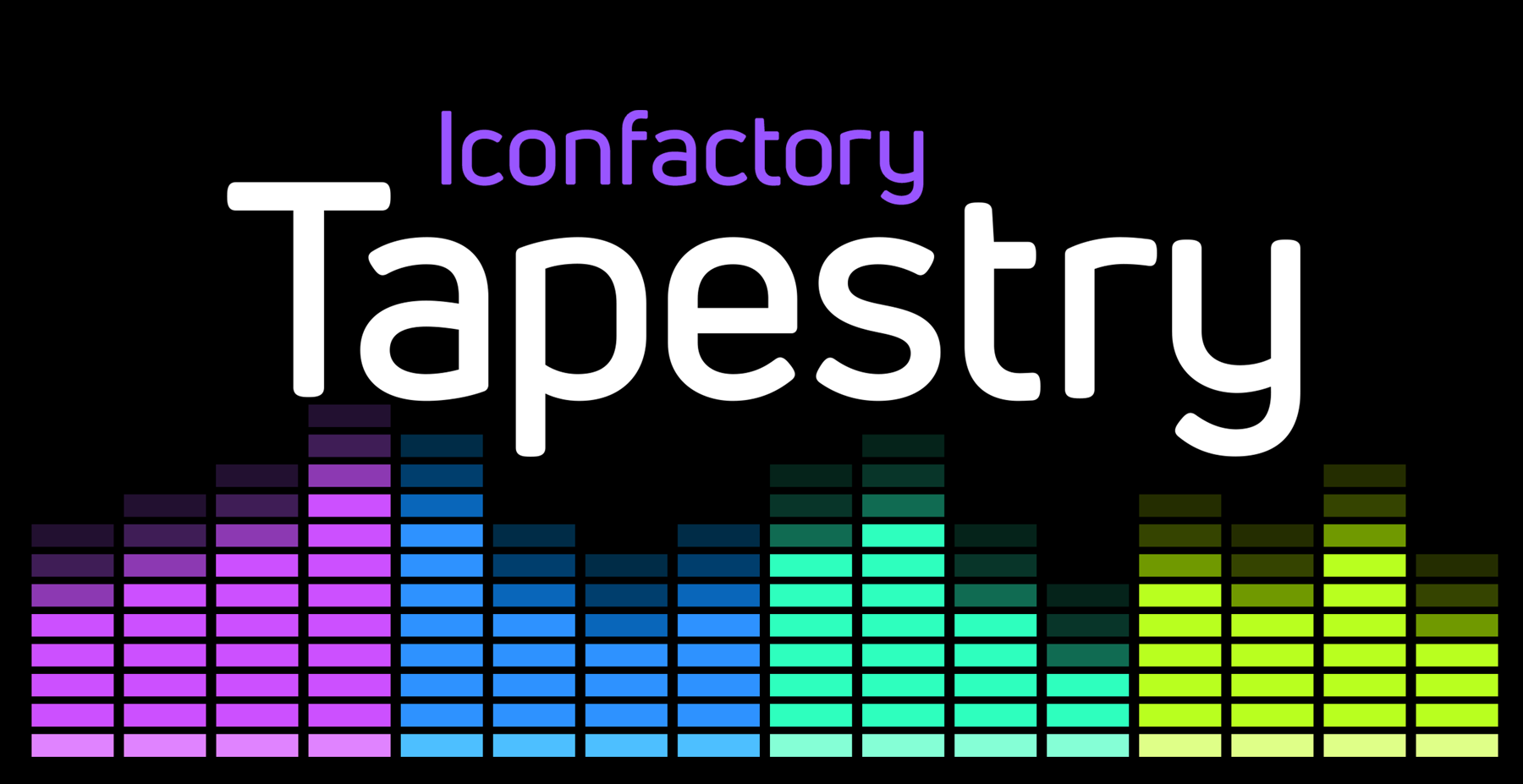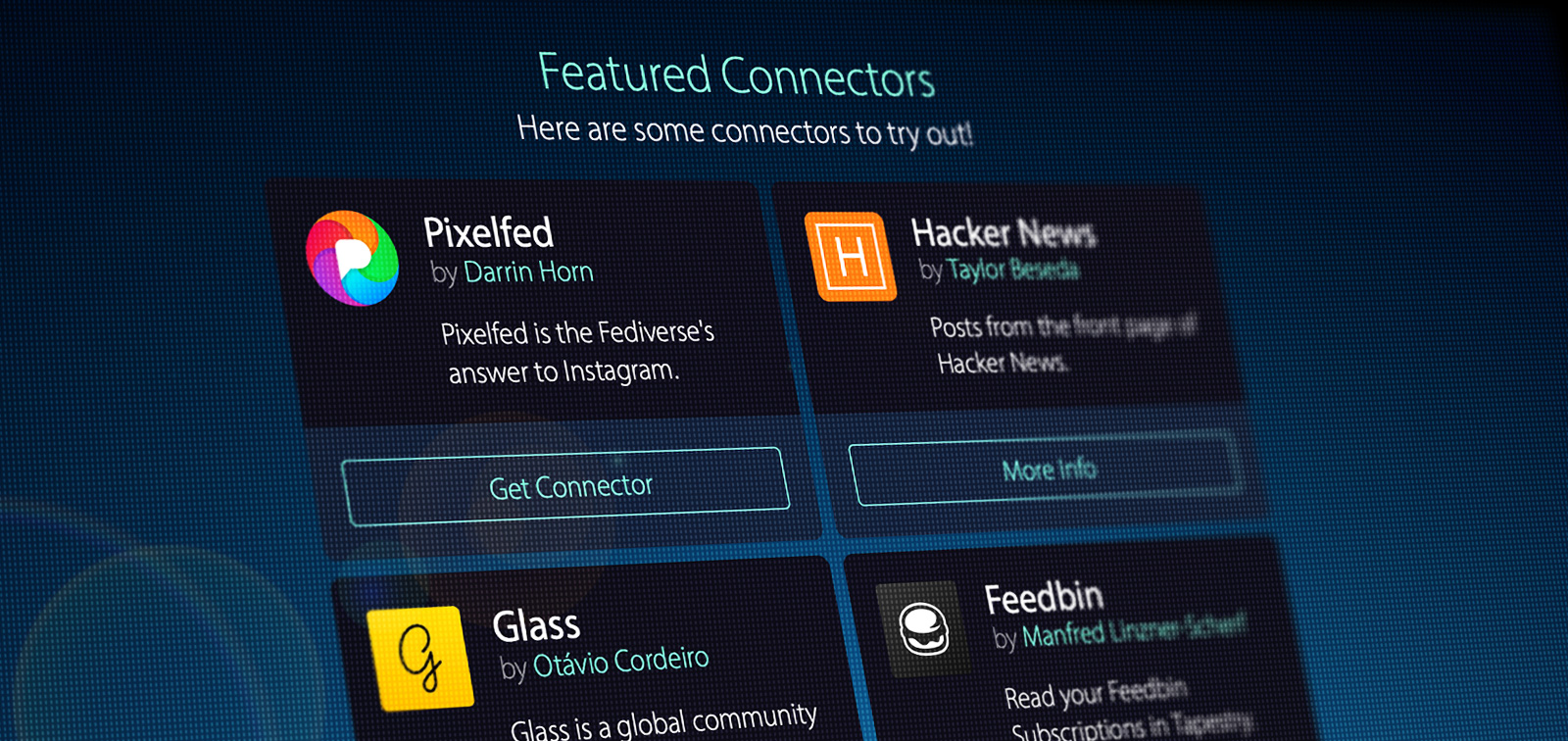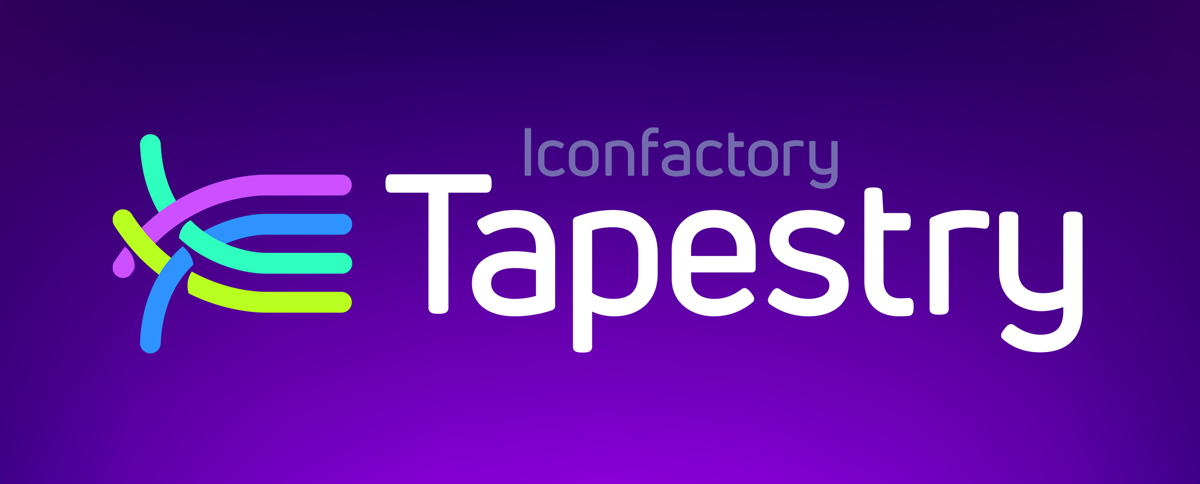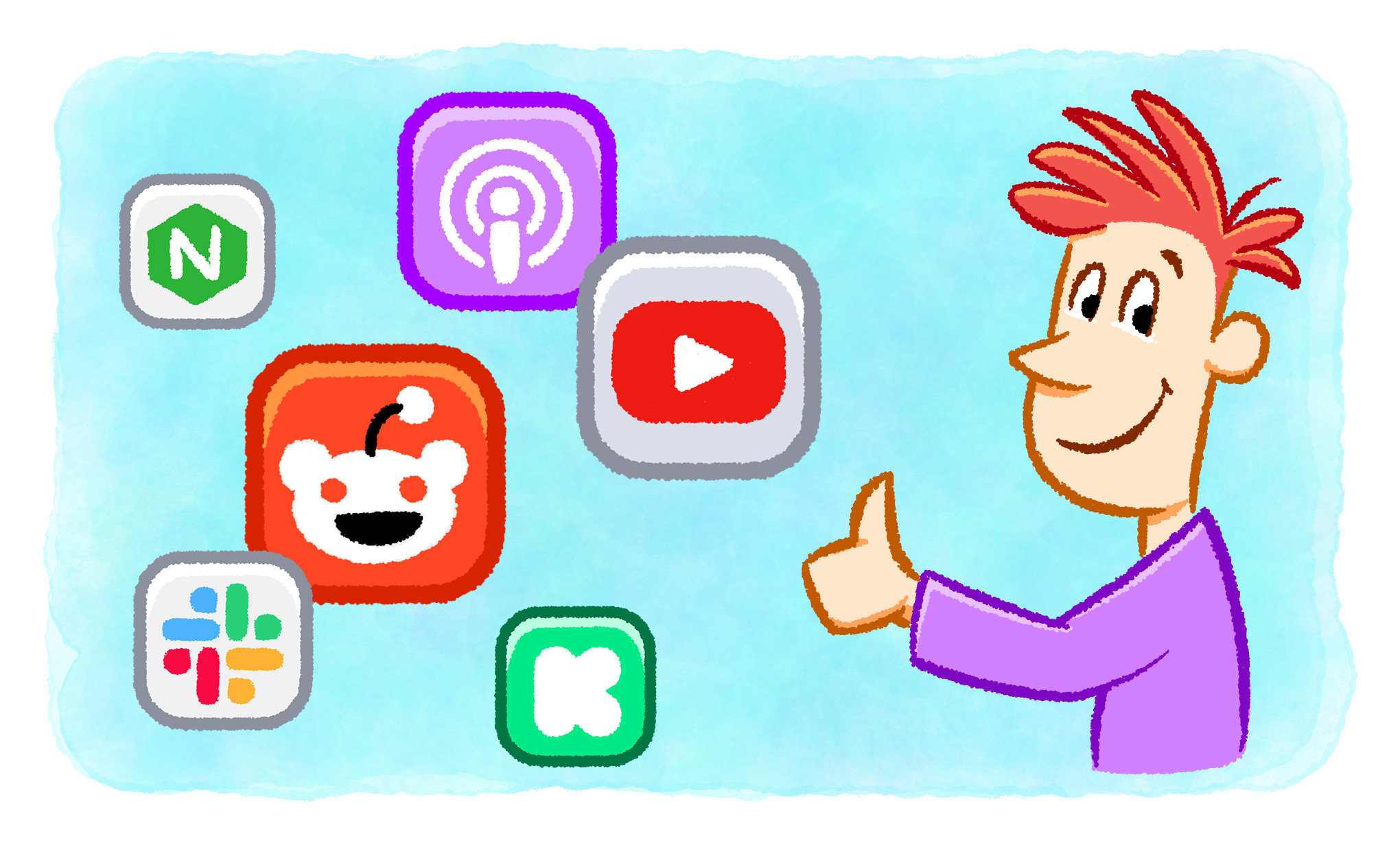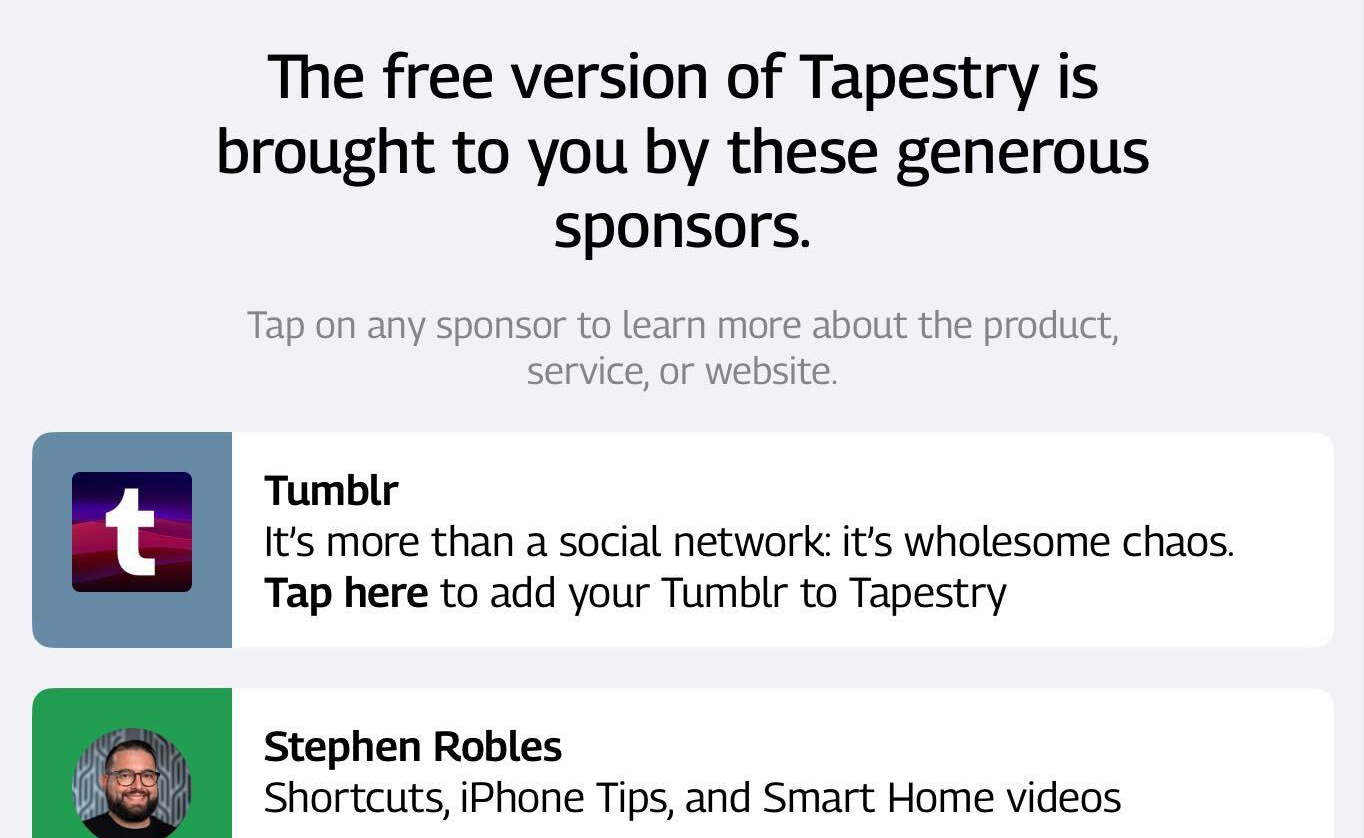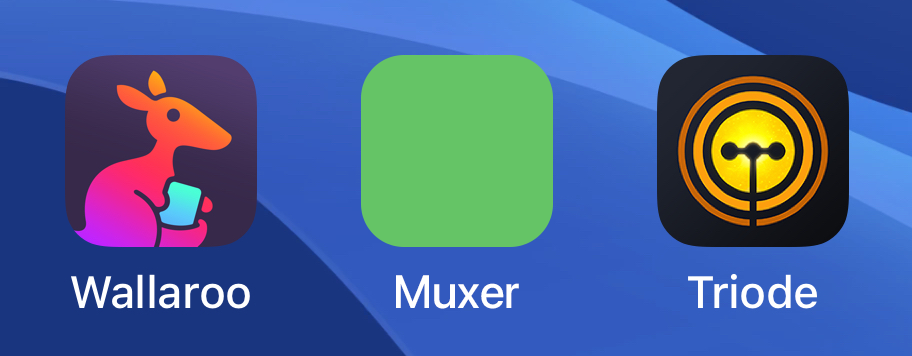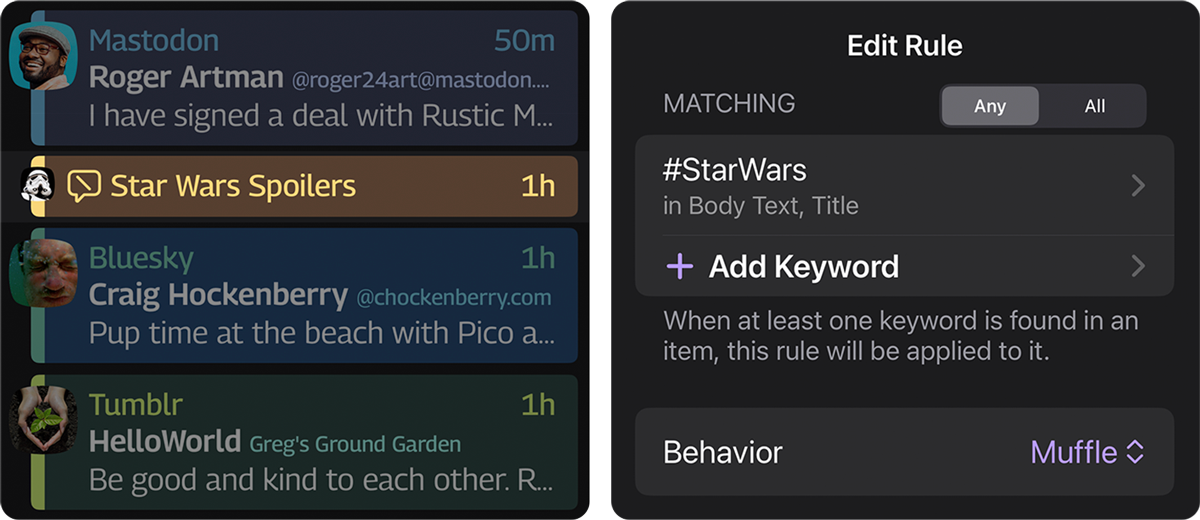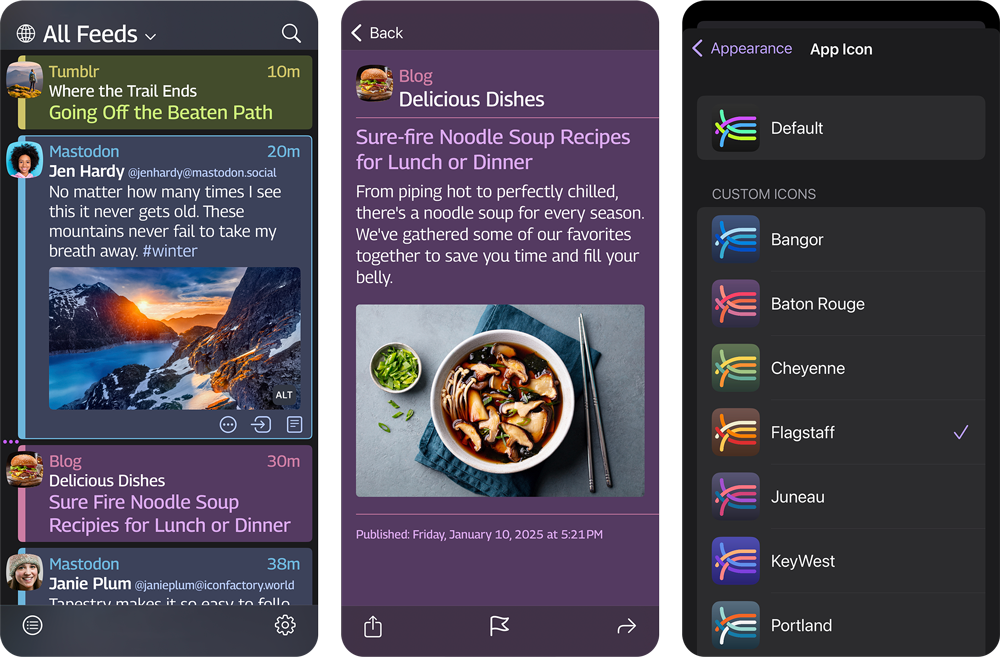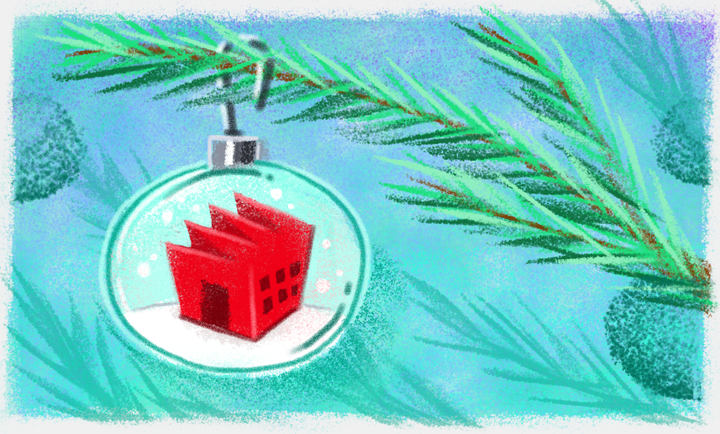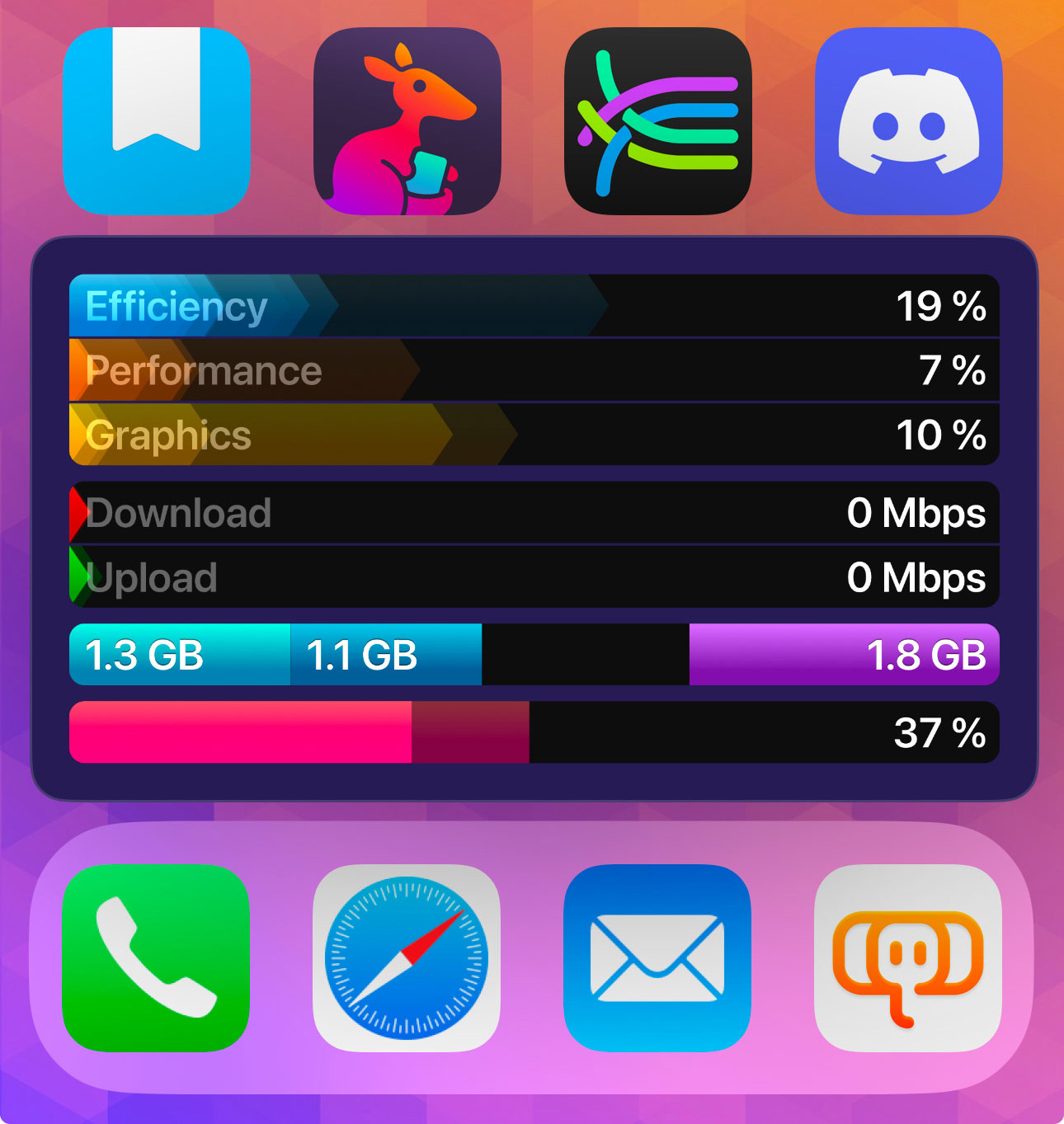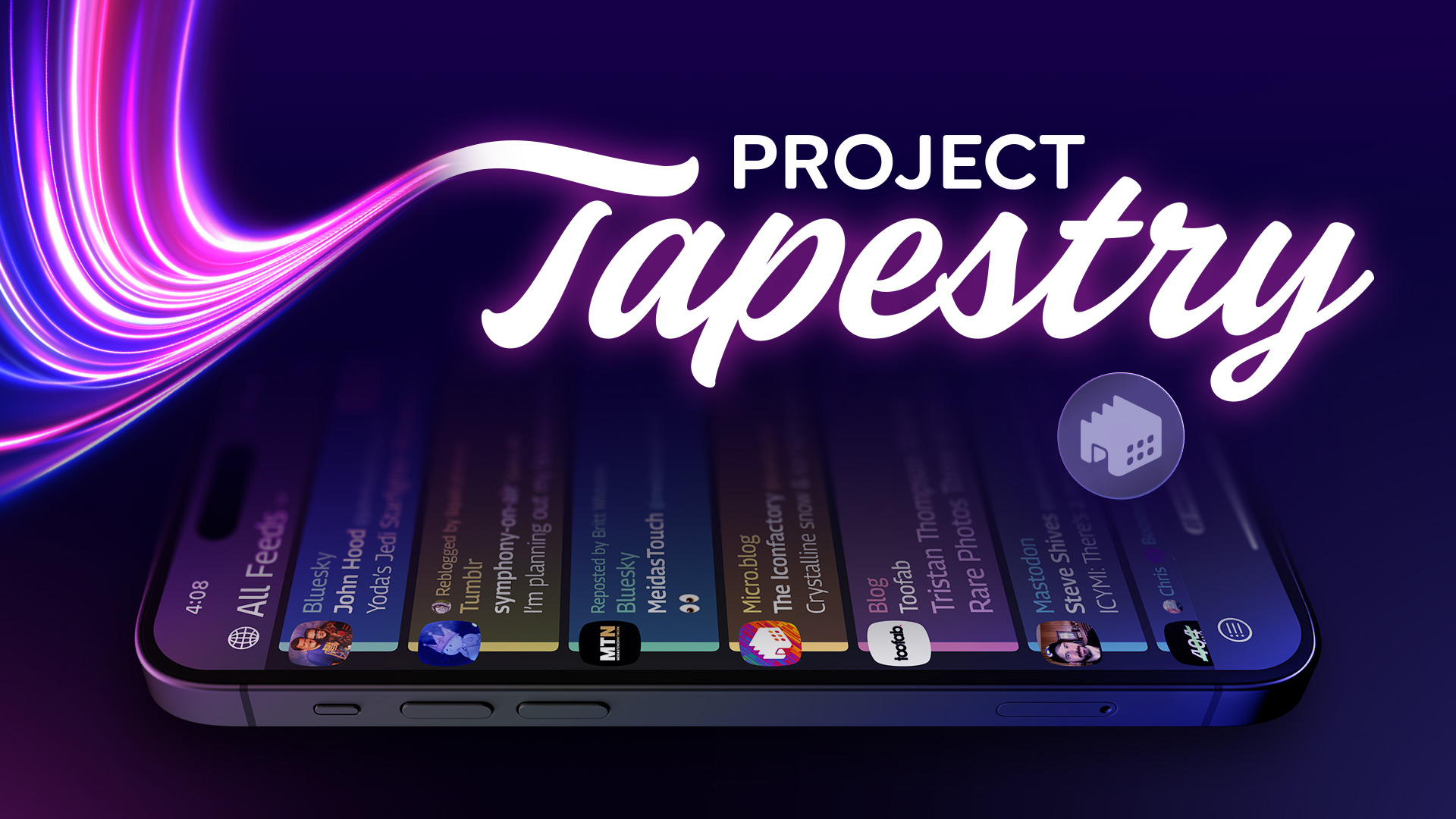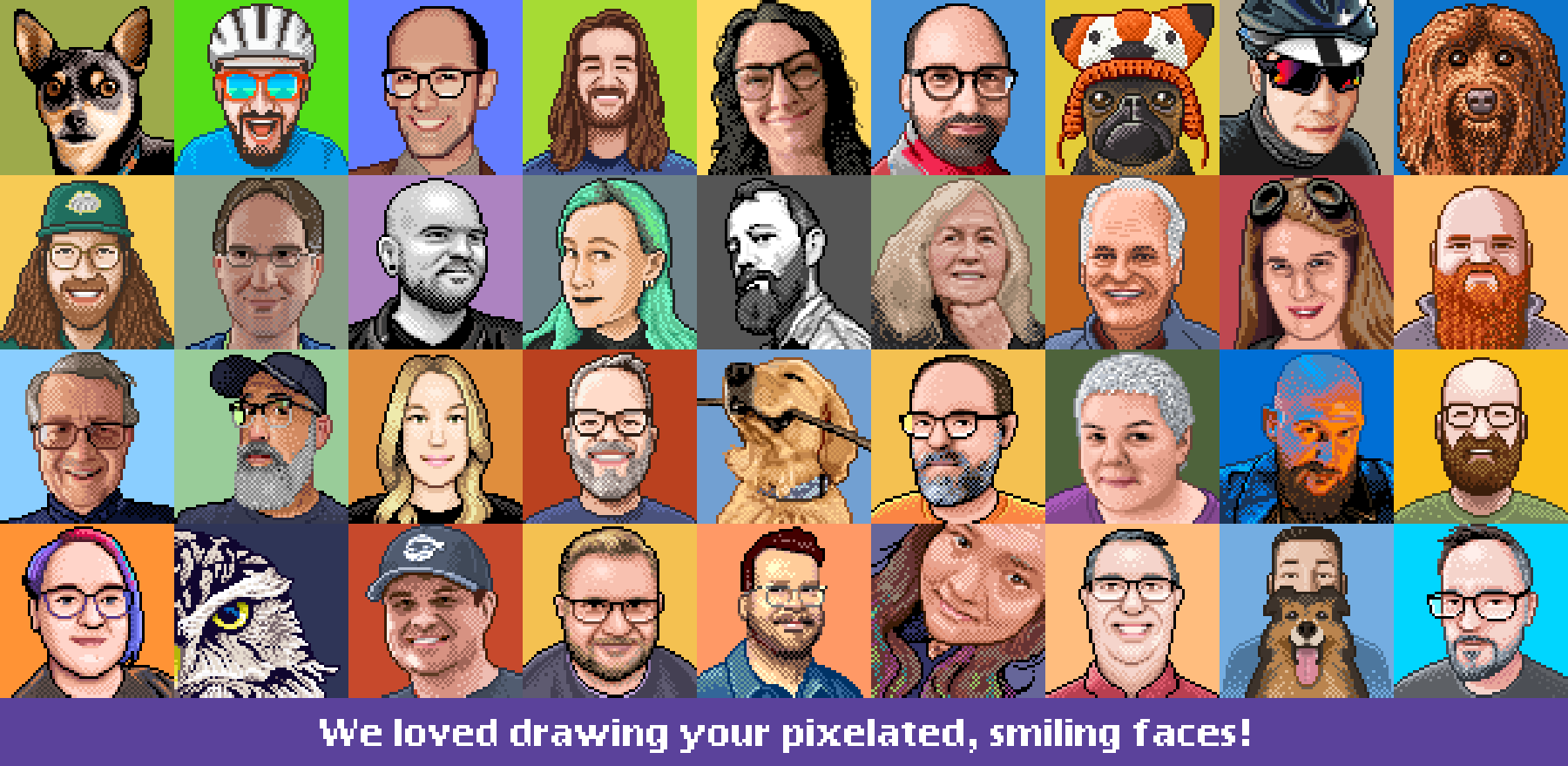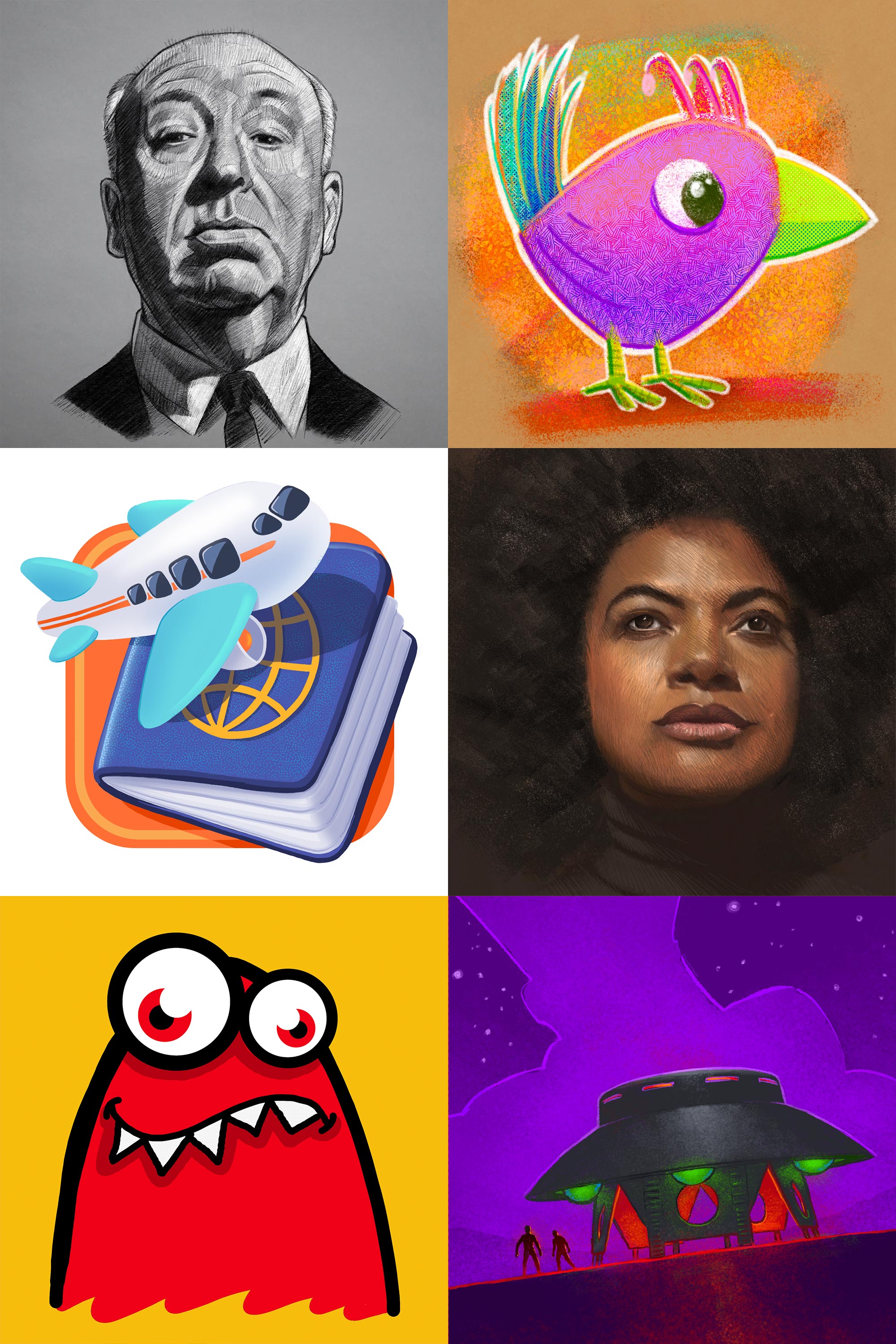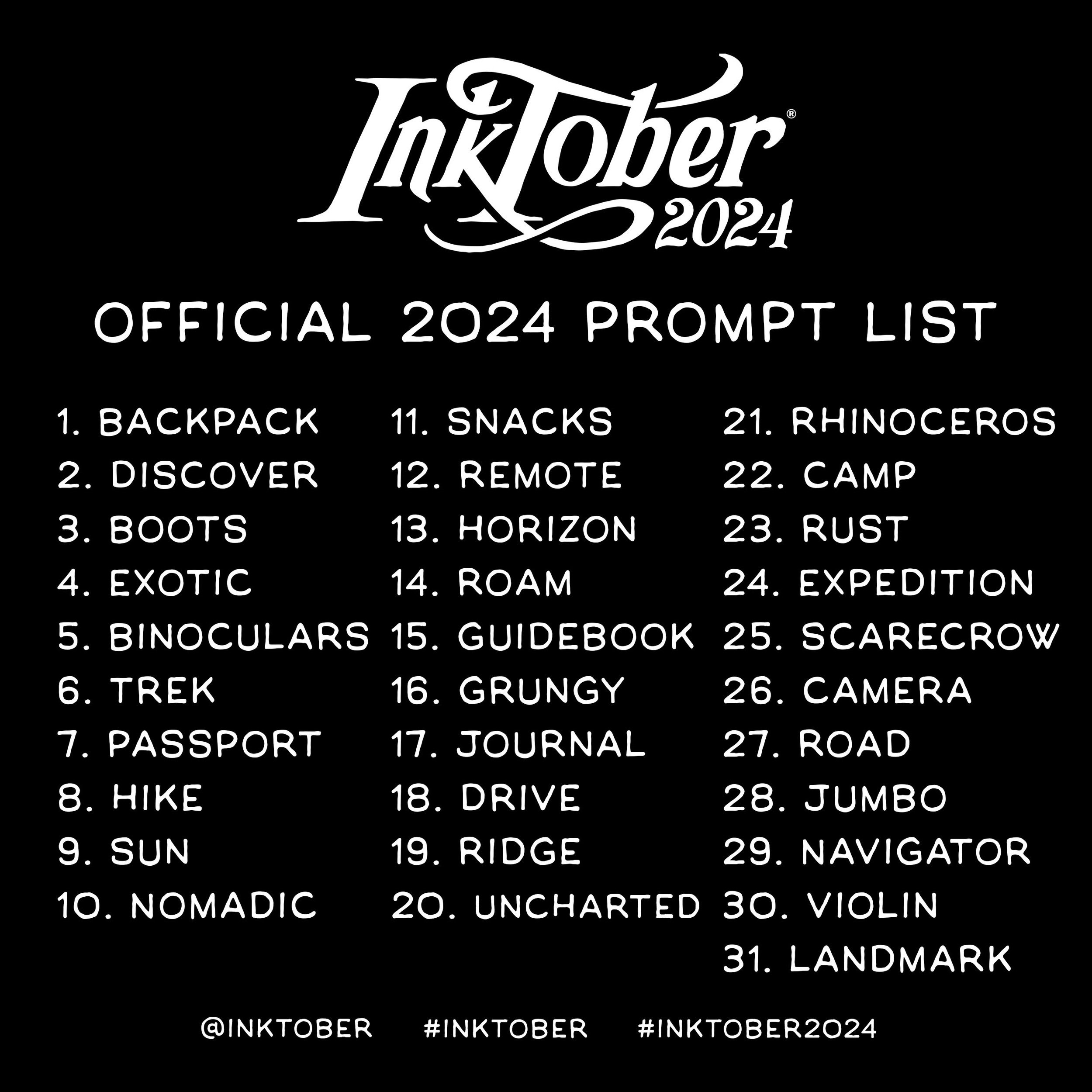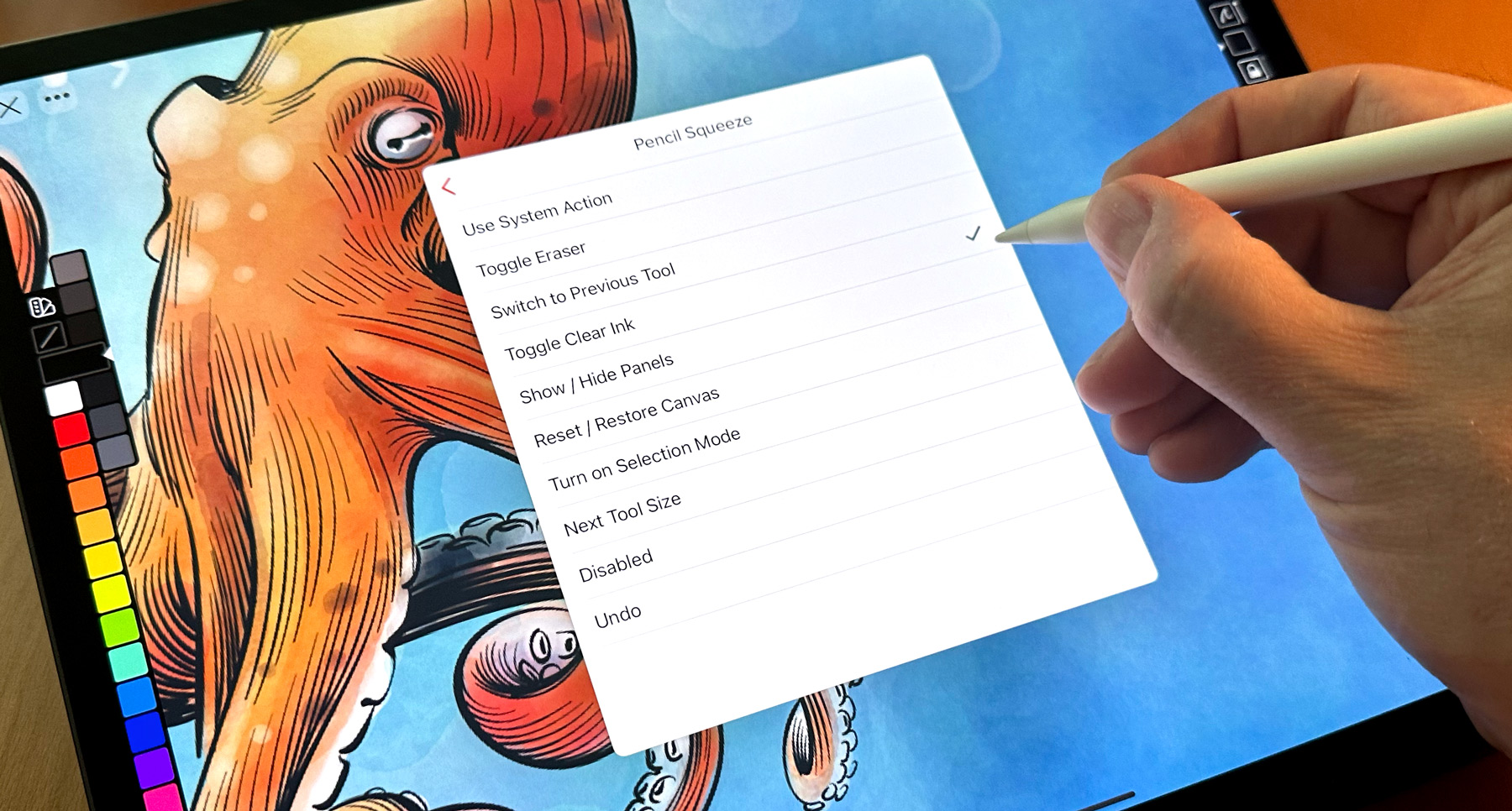
Today we’re announcing a major update to our personal timeline app – Tapestry. Version 1.1 brings a huge host of new features: all designed to improve the quality of life when browsing your timeline, following social media accounts, and more.
Shake that feeling of déjà vu with Crosstalk
Tapestry’s new Crosstalk feature automatically finds and muffles similar posts across multiple feeds to help keep your timeline free of duplicates. The app identifies repeated text and flags it so you don’t have to waste time reading stuff you’ve already seen as you scroll through your timeline.
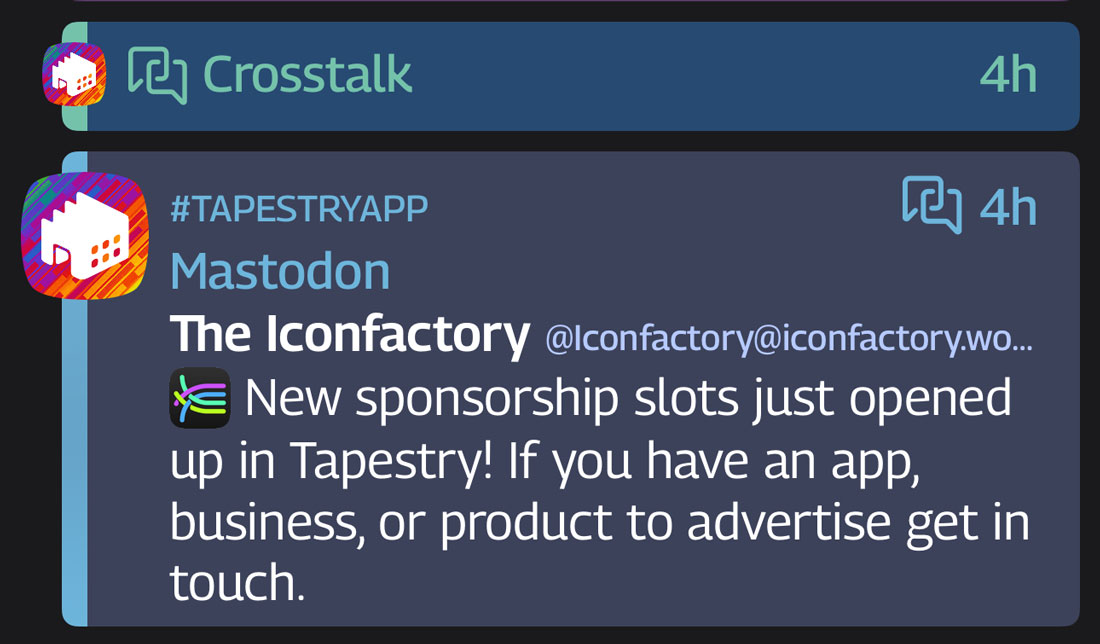
It’s super handy when you follow an author across multiple services like Bluesky, Mastodon, and Micro.blog and see the same post over and over again. Crosstalk is a real game changer, so be sure to check it out.
New connectors for Bluesky and Mastodon
Tapestry 1.1 includes improved connectors that allow you to follow individual people and lists without the need to have a Bluesky or Mastodon account of your own. You can also follow a Reddit user to get updates for games and other products. This is a great way to follow specific people you care about without having to sign up for even more social media platforms.
The quickest way to set up these new feeds is to find the account’s profile page, hashtag, or list in Safari, then use Add to Tapestry. You can also use the newly redesigned Feed Finder to set things up manually.
Quicklinks help you navigate your favorite timelines
Browsing your favorite feeds is now easier than ever. Tapestry’s new Quicklinks are a handy way to switch between timelines and are easily customized in Settings > Appearance or via a long press on the toolbar icon. A total of four slots are available and device specific. This means you can customize your favorite timelines separately across iPhone and iPad.
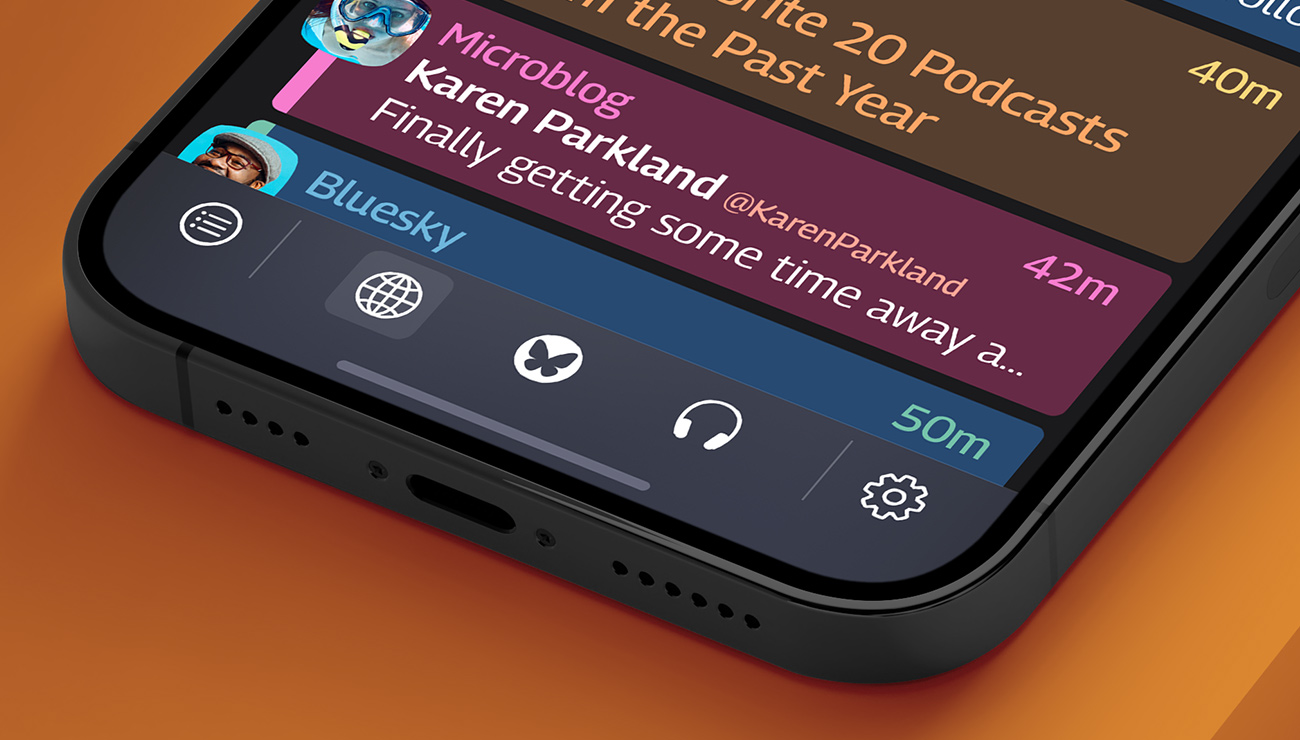
We have also now included the primary timeline actions for refreshing and jumping under the left-most View menu so you can quickly reach them using your thumb. Big Phone People of the world, rejoice!
But that’s not all!
These wonderful new features are just the tip of the release iceberg however. There’s fun new app icons to enjoy, the ability to customize feeds directly from an item’s Actions menu (⋯), better handling of boosts and nested block quotes, faster performance in several key areas, and so much more. Be sure to check out the full version history to get the complete picture and then download Tapestry in the App Store. Enjoy!
